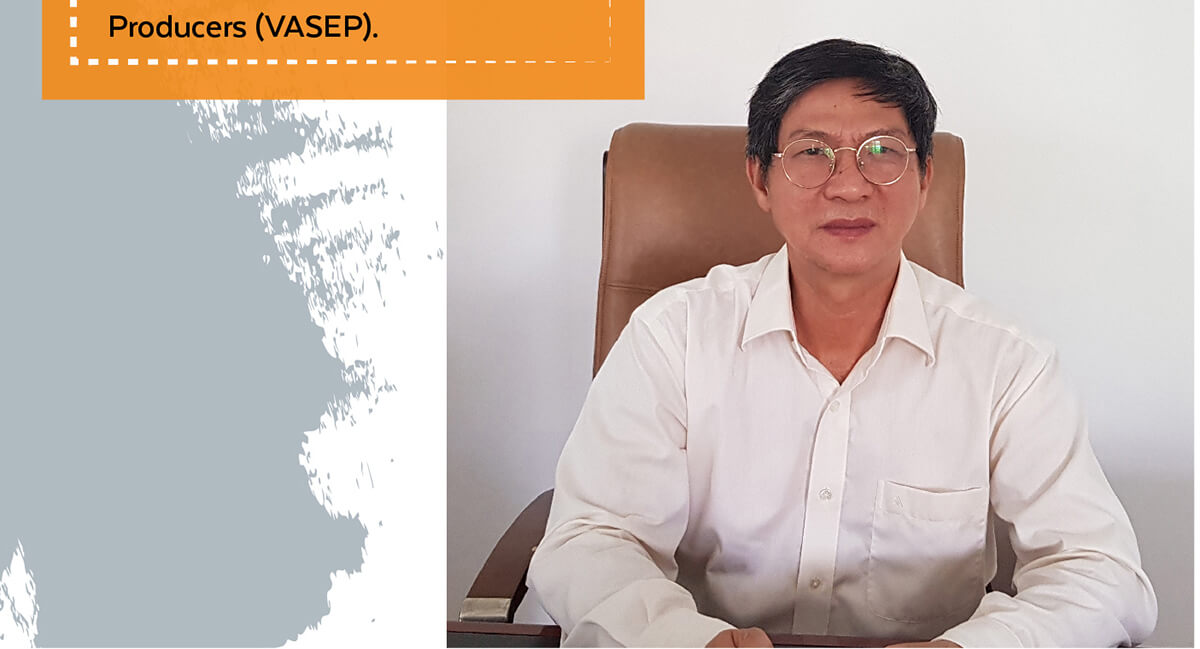![]()
On April 10, DOC announced the preliminary results of the POR 13 reviewing the
anti-dumping tariff at zero percent on Vietnamese shrimp exported to the US in the period from February 1, 2017 to January 31, 2018. Accordingly, the DoC tentatively concluded that frozen shrimp products of two mandatory respondents in the review, Sao Ta Foods JSC (Fimex VN) and Nha Trang Seaproduct Company (Nha Trang Seaproduct Company), did not violate anti-dumping regulations in this period. Therefore, according to the DoC’s
announcement, the preliminary tariffs on those 2 companies and other 29 local shrimp exporters will stand at zero percent.
Hopefully, these preliminary results will remain unchanged in the final decision made in August 2019 because the DoC decided India as replacement for comparison. The
comparability regarding shrimp production data with India could more accurately reflect price level of Vietnamese shrimp exported to the US. This serves as a foundation for us to hope for the better in the next final results of the POR 13.

![]()
As far as we are concerned, despite being preliminary, the results will impact the trading psychology of Vietnamese shrimp exporters toward the US importers. The impact will be felt more clearly in 2020 when the results take effect. It is because Vietnamese shrimp in the US market is currently in direct competition with shrimp from India, Thailand, China and Brazil, which are also faced with anti-dumping lawsuits. Thus, the zero tariff will certainly enhance our competitiveness given Vietnamese shrimp’s stable quality and adequate supply.
![]()
In fact, as Vietnamese enterprises have been through 13 period of the DoC reviews of the anti-dumping tariff, they are all in good preparation, especially regarding quality and
requirements traceability to gain trust from importers and be able to negotiate more effectively with customers for larger exports in the coming years.
As you can see, market trends keep changing rapidly, and consumers are always demanding higher quality products. Thus, quality is a vital and long-term factor that we determine to take drastically, especially when the US has just adopted the Seafood Import Monitoring Program since the beginning of the year. I emphasize that regardless of tariffs, the quality is the top priority.

Without the US’s anti-dumping tariffs, Vietnamese shrimp will be more competitive in the US market.
![]()

I find that the two products accounted for nearly 70% of total export volumes and values of the fishery sector. It is unlikely that other anti-dumping lawsuits will occur given that the remaining products are diversified seafood with different volume and market size is not large enough to be impacted by the anti-dumping.
Moreover, we learned from experience and received early warning from related parties, thus it is unlikely that new anti-dumping lawsuits against Vietnamese fishery sector will arise in the coming years
![]()
Overall, the technological improvement is an ongoing process to catch up with the world’s trend, especially in the age of high technology application. In particular, for Vietnamese enterprises, the best investment has been made in factory condition, food safety and hygiene and equipment to meet existing market demands. Specifically, regarding hardware, their factories have to meet HACCP, GMP, SSOP, GAP standards, be investigated and monitored by Vietnamese authorities, and be permitted to export by importers’ authorities; products are checked and certified in accordance with Standards, Norms and Regulations in quality, food safety; and Laboratories meet the ISO17025 international requirements.

Furthermore, enterprises are focusing on equipment to enhance the product quality. For software, numerous enterprise modernly invested in management, traceability and corporate governance.
As far as I know, the majority of shrimp processing units and factories are certified and reviewed annually by the international assessment organizations. Thus, it is “a passport” for shrimp in general and fishery in particular exported to various markets including the US.
![]()
At the end of 2018, VASEP set the 2019 shrimp export target at about USD 4.2 billion. However, in Quarter 1/2019, given objective and subjective factors, shrimp exports have yet to make a breakthrough, but even declined by 10% as compared to the corresponding period. Hopefully, thanks to the Vietnam – EU trade agreement, zero anti-dumping tariff, and improvement in shrimp farms and quality, the sector will be able to achieve this target in the upcoming months.
Despite various advantages, we still recommend enterprises better meet market requirements, actively promote and search for new markets to reduce reliance on a certain traditional market.







Comment